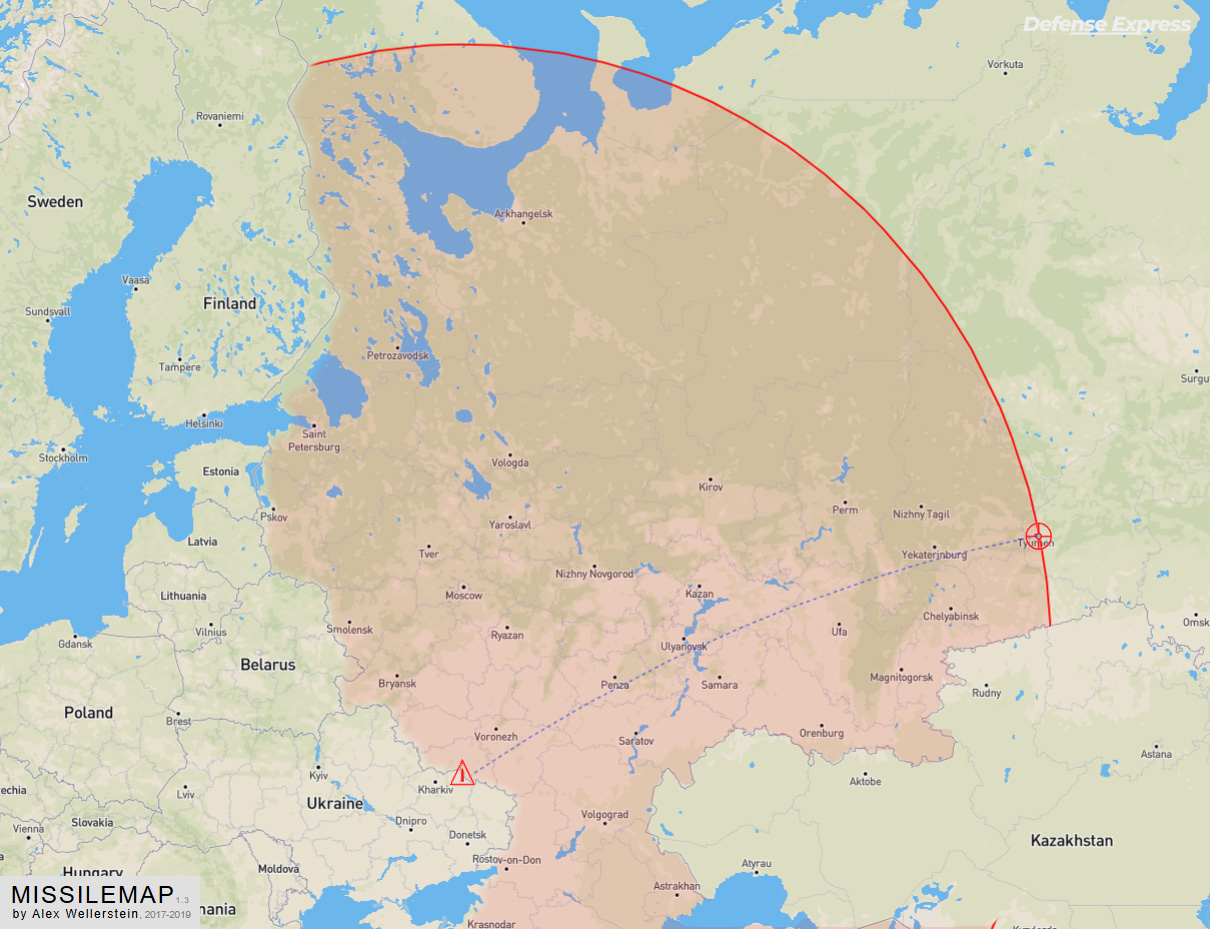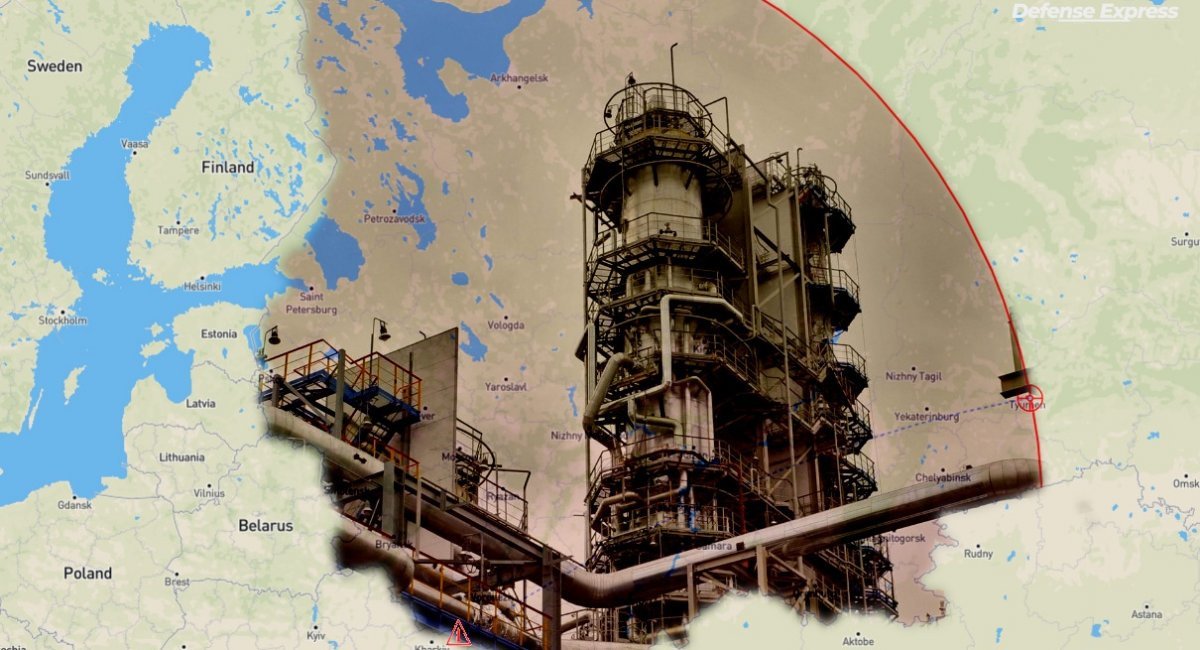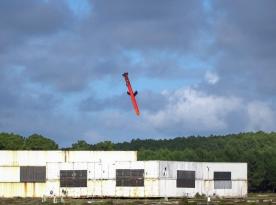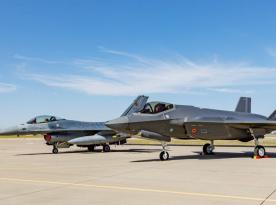According to available reports, several drones reached Tyumen itself, with at least one explosion recorded on the refinery's territory. However, the strike does not appear to have targeted the refinery's primary oil-processing units, and no large-scale fire followed.
The attack was confirmed by local authorities who, in typical russian fashion, claimed that all UAVs had been "neutralized" and that there were "no explosions or casualties." Meanwhile, local media reported a convoy of ambulances heading toward the refinery area.
Read more: Ukrainian Forces Launch Drone Strike on Kirishi Oil Refinery in russia's Leningrad Region, Triggering Major Fire
What stands out is the fact that Ukrainian drones covered more than 2,000 kilometers — and that Tyumen was completely unprepared for such an attack. No air-raid alert was issued in the city, apparently because the possibility of a strike there was not even considered.
Until now, Ukraine's longest-range successful strike had been the August 10, 2025, attack on the Lukoil-Uhta Refinery in the Komi Republic, at a distance of 1,700 kilometers. Another deep strike followed on October 3, 2025, when a refinery in Orsk, about 1,500 kilometers away, was targeted.
Reaching the 2,000 km mark means that a vast portion of russia is now within Ukraine's potential strike zone — most notably, the industrial hubs of Nizhny Tagil, Yekaterinburg, and Chelyabinsk. These regions, lying beyond the Urals, have long been considered russia's "deep rear."

It is also worth noting that the previous long-range strike beyond the Urals — the one on the Orsk refinery, 1,500 km away — was reportedly carried out using Liutyi drones rather than small aircraft-based UAVs. Which exact systems were used this time remains unknown.
Earlier on the night of October 6, another successful strike hit the Sverdlov Plant — a high-priority target and one of the key enterprises of russia's military defense industry.
Read more: Ukrainian Drones Hit russian Azot Chemical Plant 1,700 km From Border














